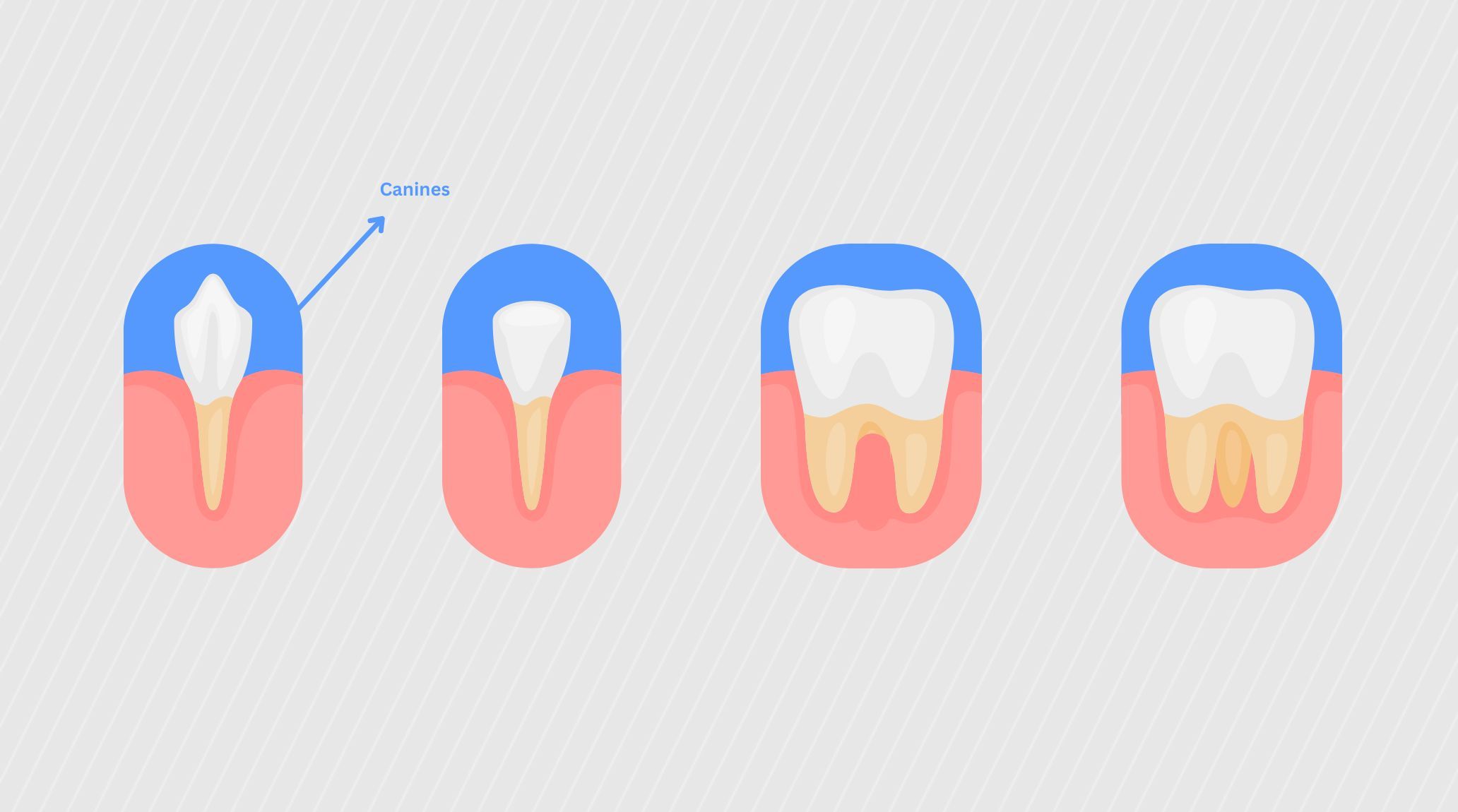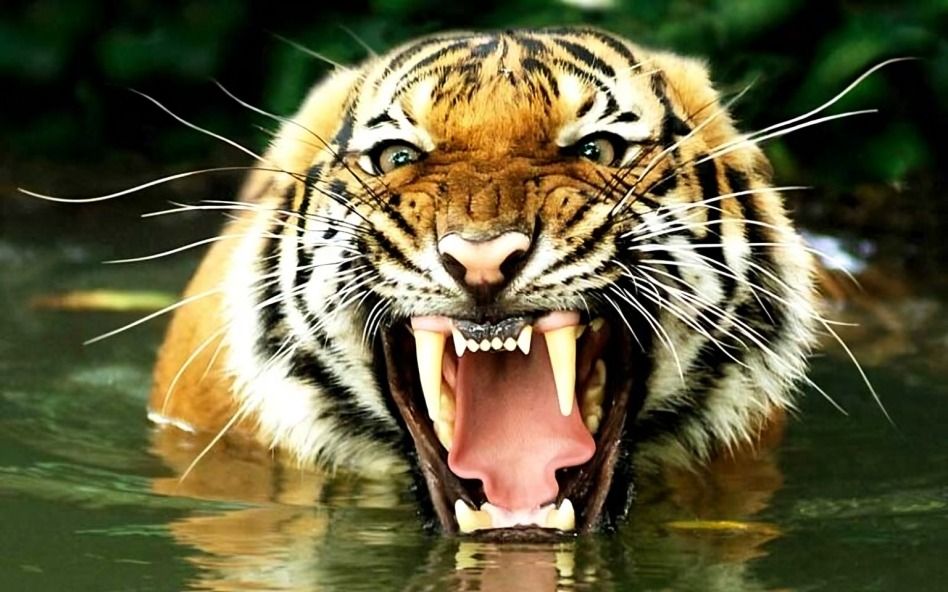
“
Canines are among the most important teeth in our mouths, serving a crucial role in maintaining our overall dental health. In this blog, we’ll dive into 15 fascinating facts about canines, highlighting their unique features, functions, and more. With their sharp, pointed shape, canines are designed to tear food, but they also provide essential support for the structure of our smile and help guide the jaw into the correct bite position. From their evolutionary significance to their day-to-day function, these facts will give you a deeper appreciation of how vital canines truly are.1
1
1
”
Canine teeth, especially the upper canines, are often called "fangs" and are crucial for grabbing and holding onto prey. They can exert significant pressure, with some dogs able to bite down with over 300 pounds of force.1
Humans have four canine teeth, one on each side of the upper and lower jaws. These teeth are critical for maintaining a proper bite and alignment, playing a significant role in the overall function of the mouth.2
Canine teeth in dogs are longer and sharper than in humans, reflecting their evolutionary role in hunting and biting. In wolves, these teeth can be over 2 inches long, aiding their survival in the wild.3
In many animals, including primates, the size of canine teeth can indicate dominance and social status. Larger canines are often associated with higher social standing within animal hierarchies, particularly in species like baboons and mandrills.4
Canine teeth are often referred to as "eye teeth" because their roots extend to the eye sockets. This proximity to the eye makes them important for facial structure and can influence the appearance of one's smile.5
The enamel on canine teeth is among the hardest substances in the human body. It is designed to withstand the stresses of biting and tearing, making it crucial for the durability of these teeth throughout a person's life.6
In some cultures, canine teeth are adorned or modified as a symbol of beauty or status. For example, in some parts of Africa, dental modifications are performed to enhance or alter the appearance of these teeth.7

Canine teeth play a critical role in the natural feeding behaviors of carnivorous animals. For instance, in big cats like tigers and lions, these teeth are used to hold onto prey and tear through flesh.
Humans typically develop their permanent canine teeth between the ages of 9 and 12. These teeth are important for guiding the alignment of the other teeth as they come in, helping to establish a proper bite.8
In dental anatomy, canine teeth are also known as "cuspids" due to their pointed shape. This shape aids in the efficient tearing of food, particularly in animals that have omnivorous or carnivorous diets.9
The shape and size of canine teeth can vary widely among different species. For instance, the elongated canine teeth of male elephants are used in combat and are also known as tusks, which are actually modified incisors.10
Canine teeth are often the first to erupt in the mouth of young children, typically appearing around age 16 to 22 months. Their early appearance helps children begin to chew solid foods and develop proper eating habits.11
Canine teeth can show signs of wear or damage over time, particularly in individuals who engage in heavy biting or grinding. Regular dental checkups are important to monitor and maintain the health of these crucial teeth.12
Canine teeth play a vital role in the articulation of speech, particularly in sounds like "s" and "th." Their position and alignment help to direct airflow and contribute to clear and precise pronunciation.13
The size and prominence of canine teeth can affect a person's smile and facial aesthetics. Orthodontic treatments often address the alignment and spacing of these teeth to enhance both function and appearance.14


